
Salt Cookbook
¥80.65
If you are a professional associated with system and infrastructure management, looking at automated infrastructure and deployments, then this book is for you. No prior experience of Salt is required.
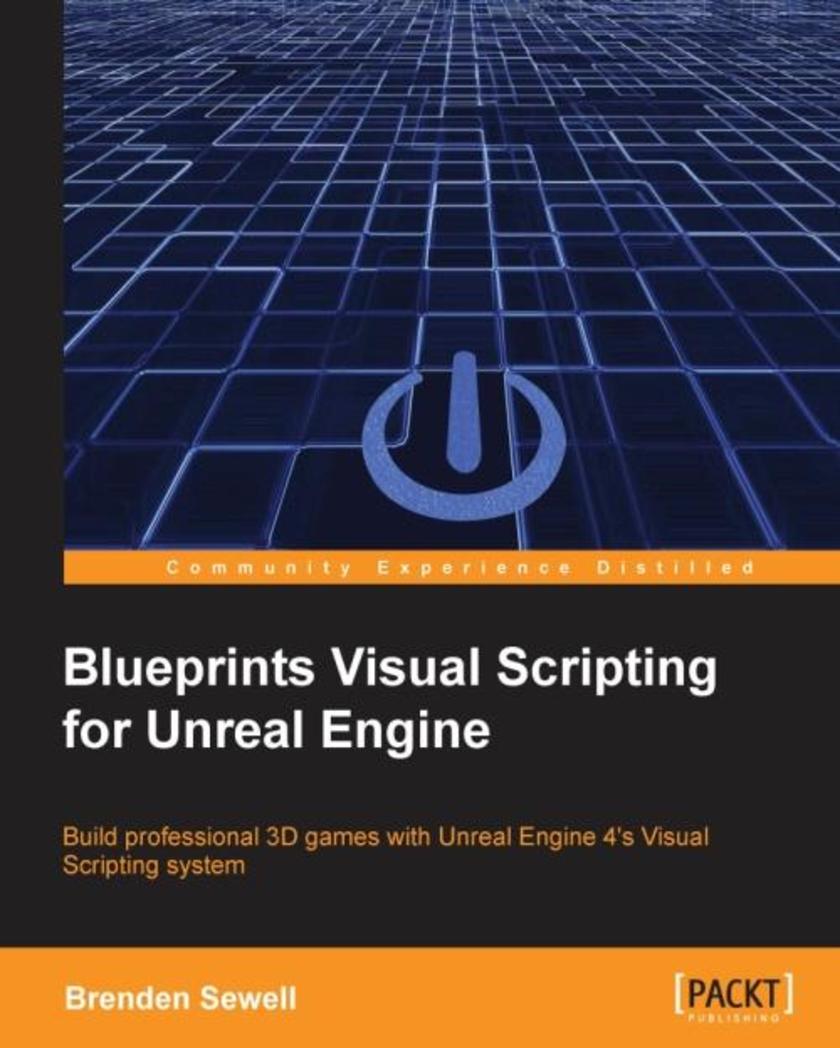
Blueprints Visual Scripting for Unreal Engine
¥54.49
Whether you are an experienced game designer or artist looking to test your latest idea, or a complete novice looking to build their first video game, this is a great place to start learning how to build complex game mechanics quickly and easily without writing any text code. No programming experience required!
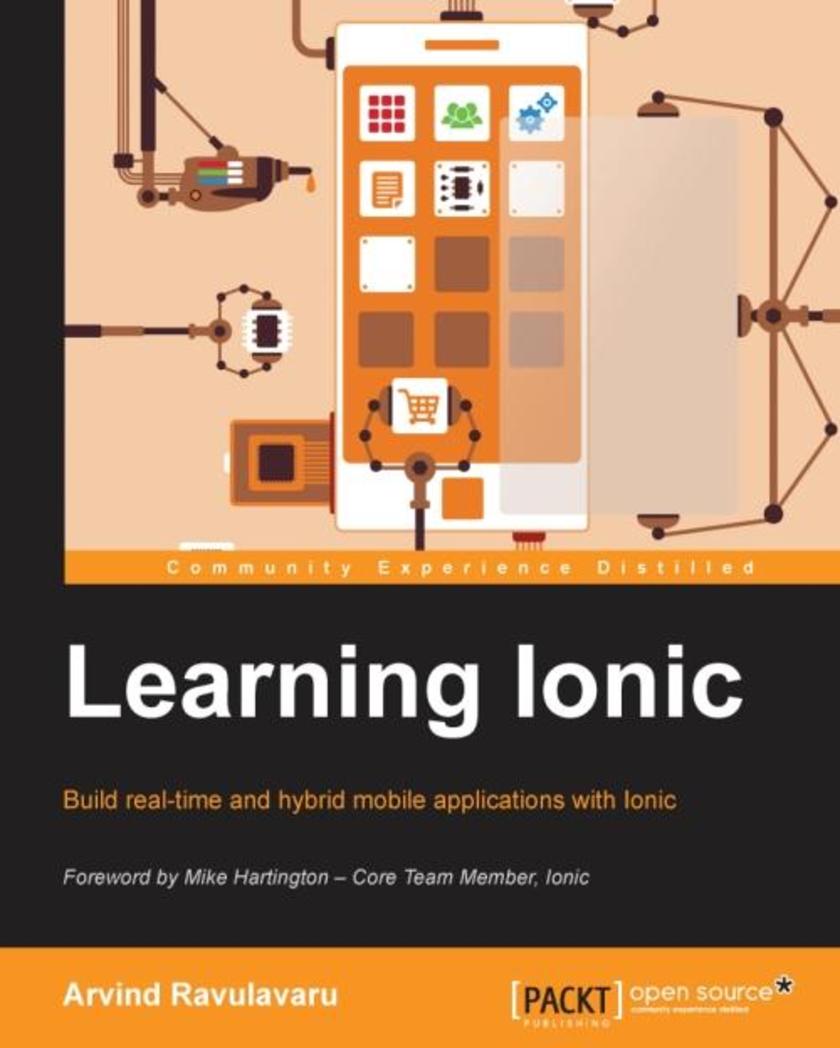
Learning Ionic
¥80.65
This book is intended for those who want to learn how to build hybrid mobile applications using Ionic. It is also ideal for people who want to explore theming for Ionic apps. Prior knowledge of AngularJS is essential to complete this book successfully.
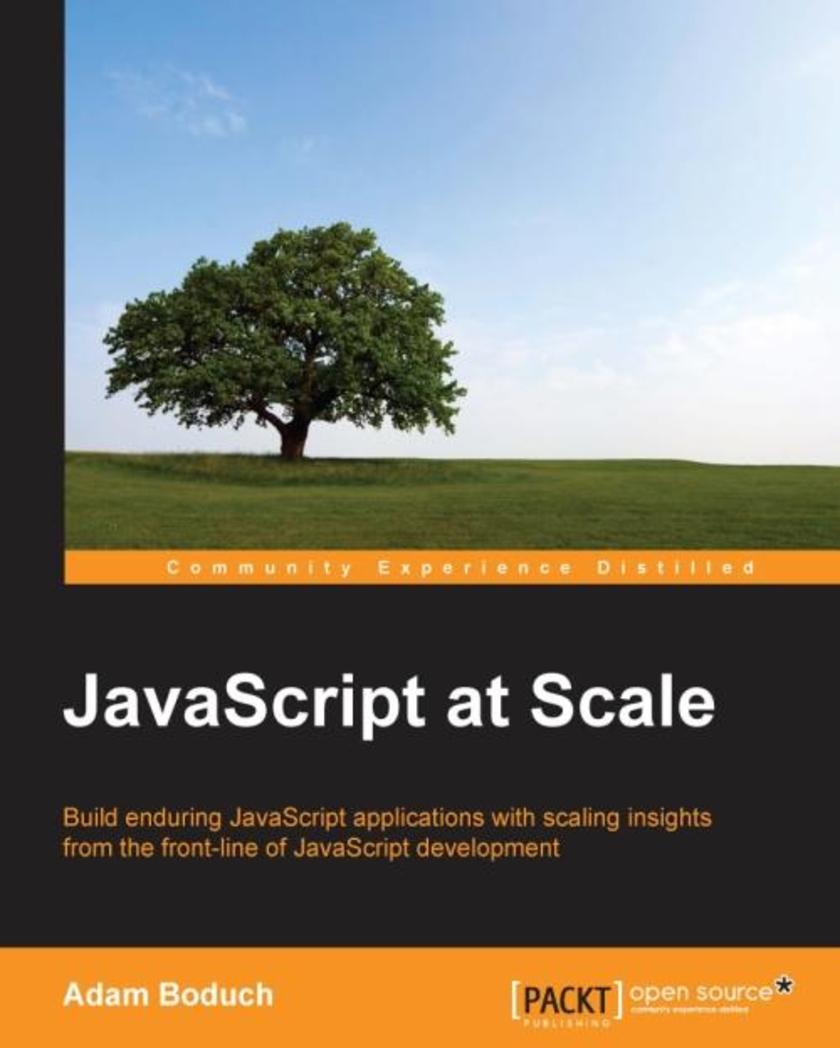
JavaScript at Scale
¥90.46
Have you ever come up against an application that felt like it was built on sandMaybe you've been tasked with creating an application that needs to last longer than a year before a complete re-writeIf so, JavaScript at Scale is your missing documentation for maintaining scalable architectures. There's no prerequisite framework knowledge required for this book, however, most concepts presented throughout are adaptations of components found in frameworks such as Backbone, AngularJS, or Ember. All code examples are presented using ECMAScript 6 syntax, to make sure your applications are ready for next generation browsers.
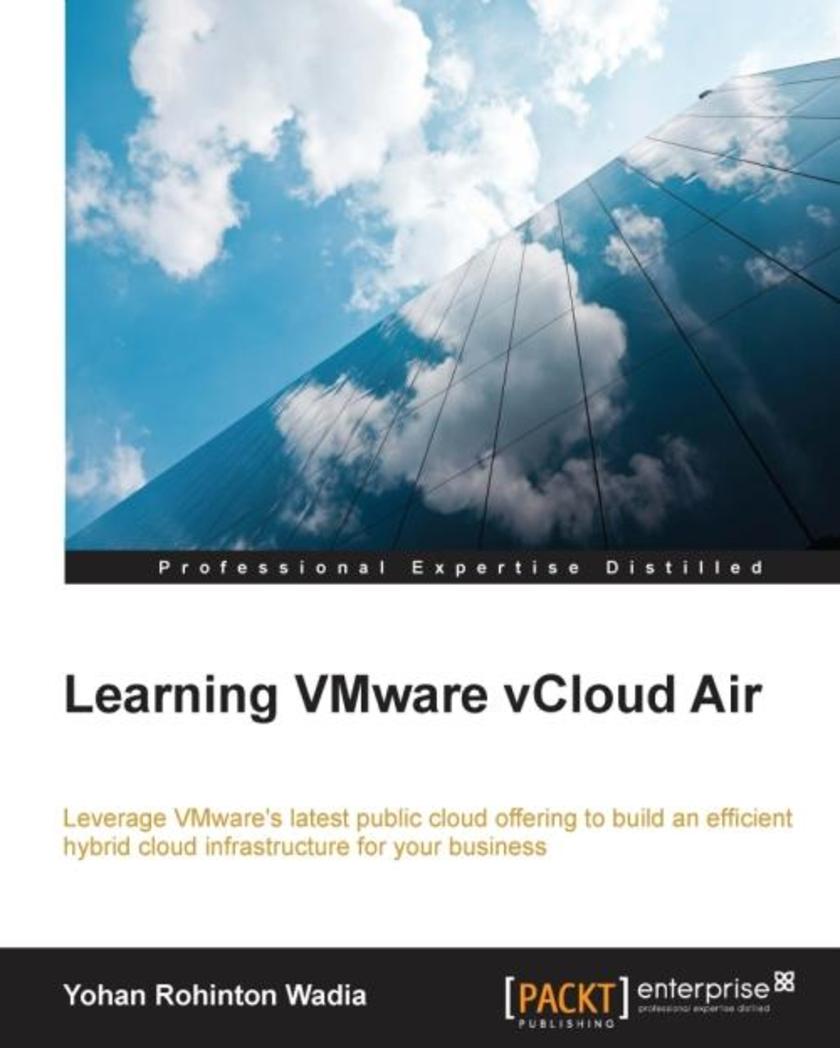
Learning VMware vCloud Air
¥71.93
This book is intended for cloud engineers or administrators who wish to explore and gain hands-on experience of VMware vCloud Air. To make the most of this book, it would be beneficial to have a bit of familiarity with basic VMware vCloud concepts, but no prior experience is required.
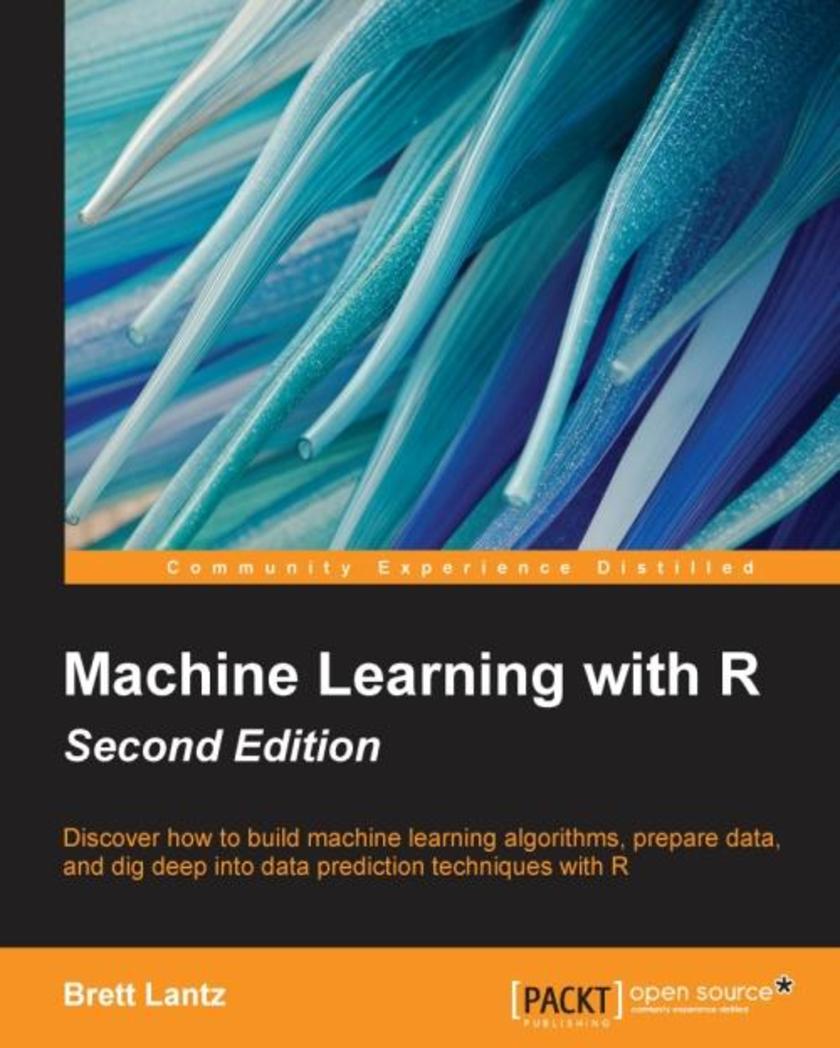
Machine Learning with R - Second Edition
¥99.18
Perhaps you already know a bit about machine learning but have never used R, or perhaps you know a little R but are new to machine learning. In either case, this book will get you up and running quickly. It would be helpful to have a bit of familiarity with basic programming concepts, but no prior experience is required.
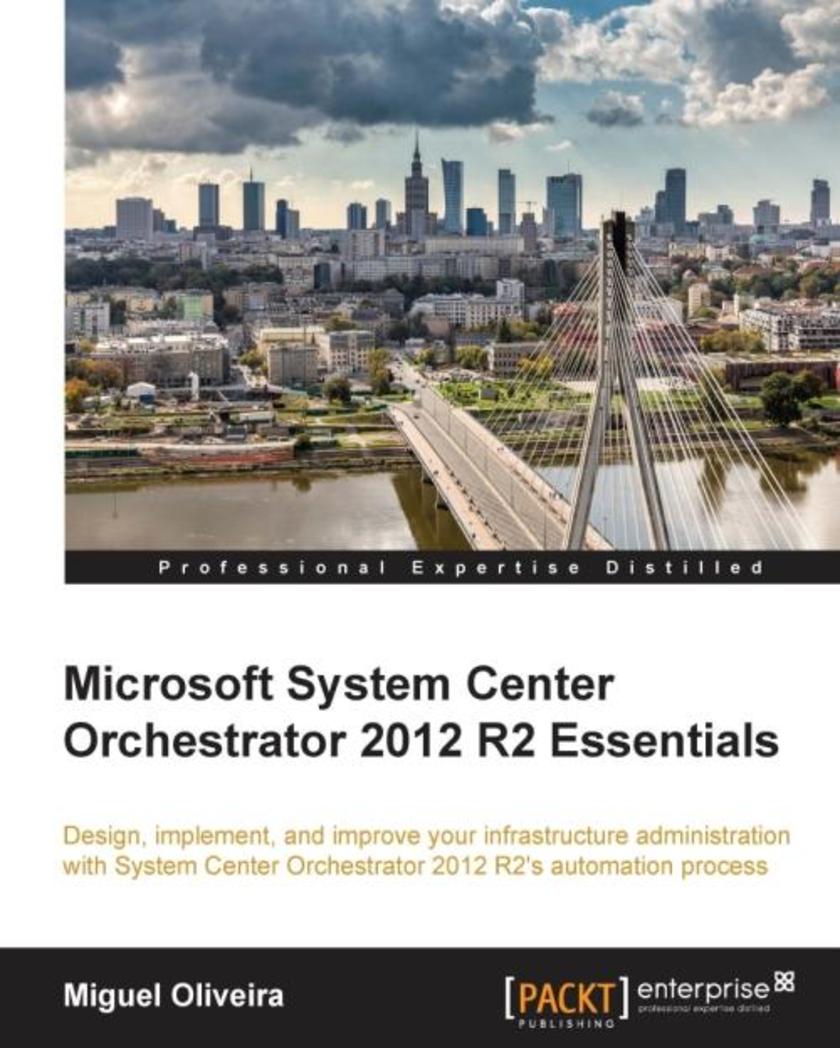
Microsoft System Center Orchestrator 2012 R2 Essentials
¥63.21
This book is targeted at those who want to gain time in their administrative tasks and profit from it to also improve their environment by reaching a more autonomous infrastructure.
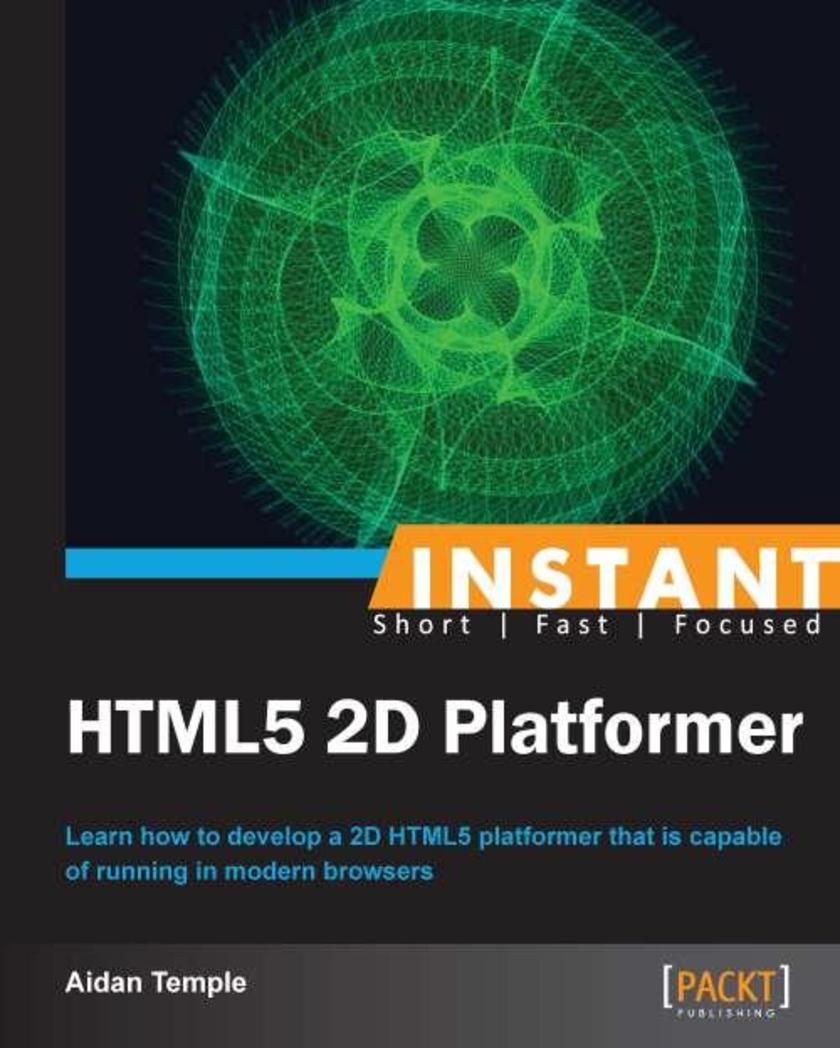
Instant HTML5 2D Platformer
¥35.96
Filled with practical, step-by-step instructions and clear explanations for the most important and useful tasks. The step-by-step approach taken by this book will show you how to develop a 2D HTML5 platformer-based game that you will be able to publish to multiple devices.This book is great for anyone who has an interest in HTML5 games development, and who already has a basic to intermediate grasp on both the HTML markup and JavaScript programming languages. Therefore, due to this requirement, the book will not discuss the inner workings of either of these languages but will instead attempt to describe the functionality of the code present within this book.
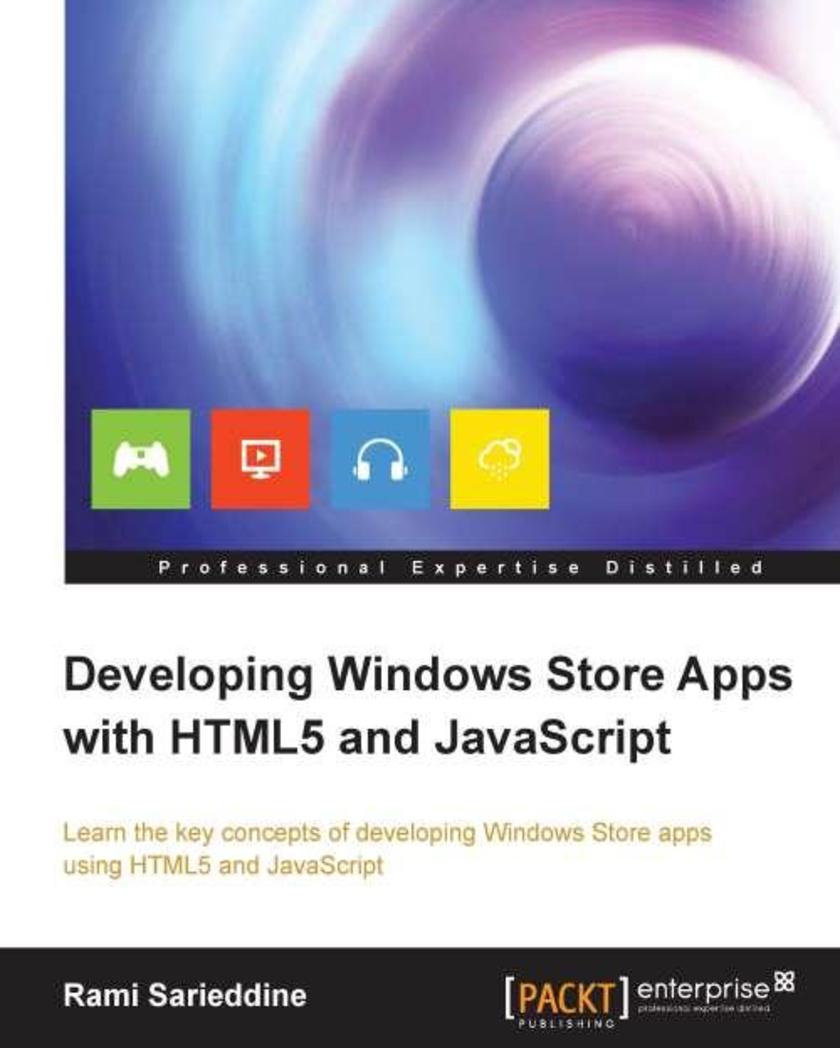
Developing Windows Store Apps with HTML5 and JavaScript
¥45.77
This book is a hands-on guide that follows a step-by-step tutorial approach which discusses Windows 8 application development with HTML5, CSS3, and JavaScript.This book is great for developers who want to start developing for Windows 8 and it also targets developers who want to get introduced to powerful advancements in standards-based web technology, while using it to build Windows Store apps, as well as leveraging their existing skills and code assets in web development.
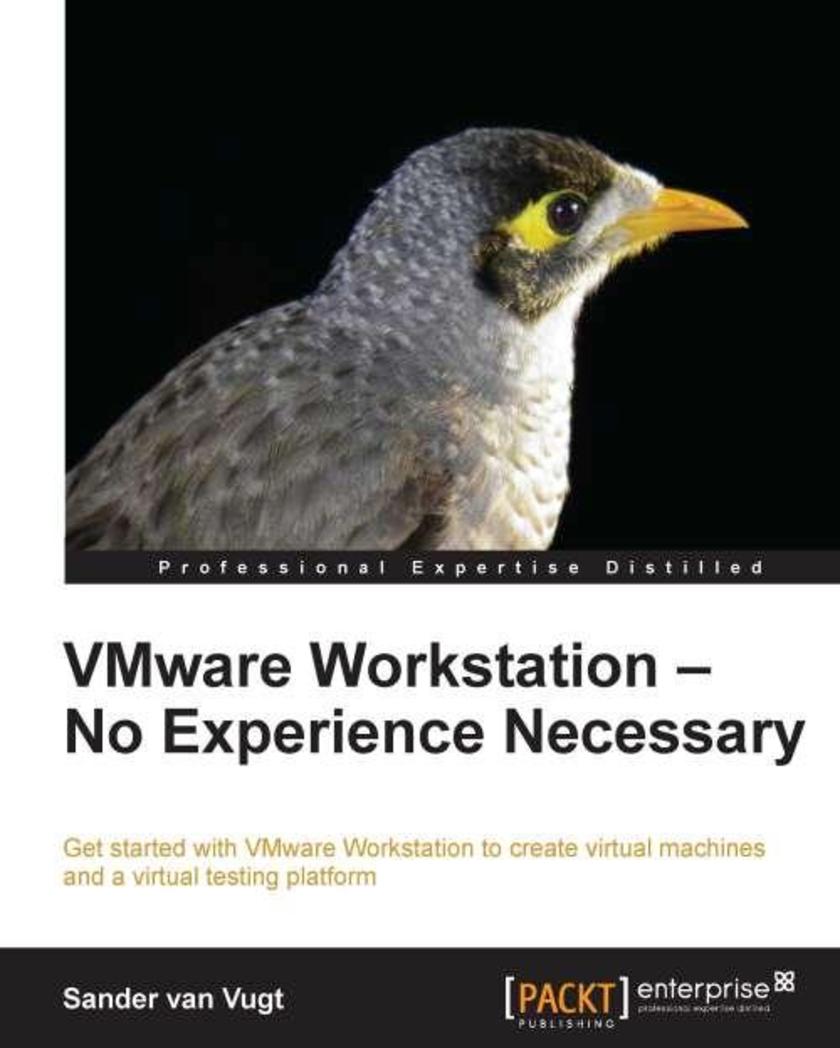
VMware Workstation – No Experience Necessary
¥71.93
This book is a practical, step-by-step guide to creating and managing virtual machines using VMware Workstation.VMware Workstation: No Experience Necessary is for developers as well as system administrators who want to efficiently set up a test environment .You should have basic networking knowledge, and prior experience with Virtual Machines and VMware Player would be beneficial
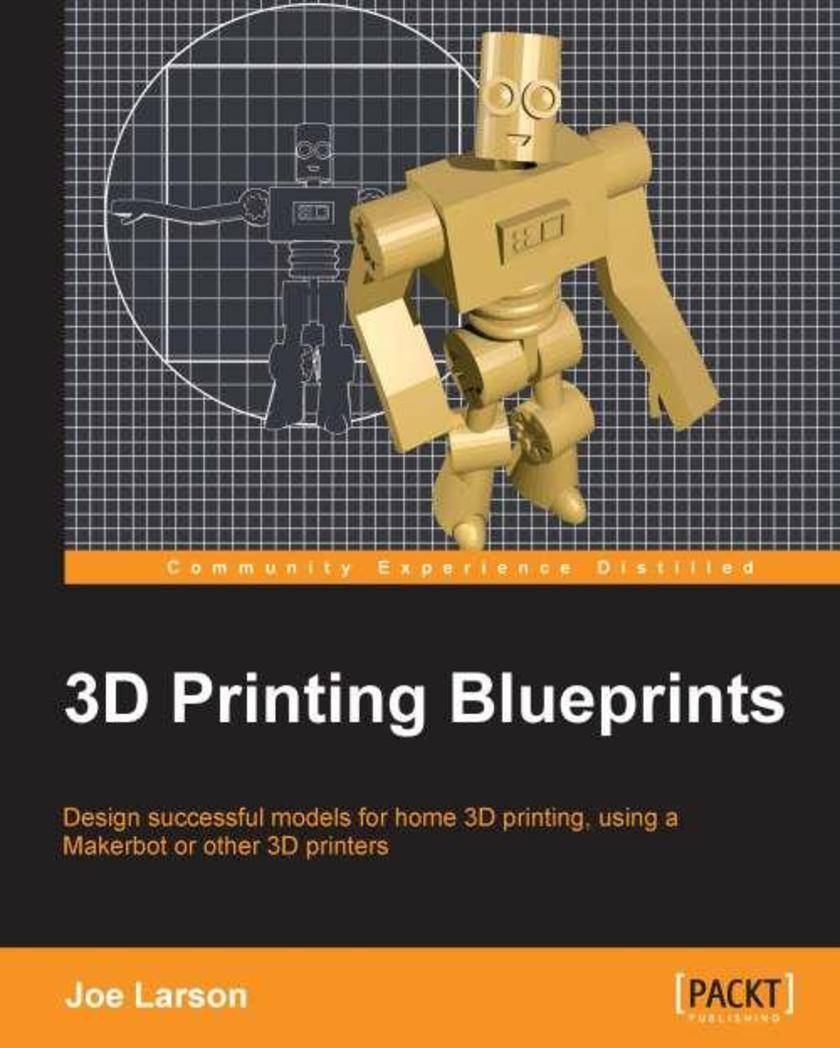
3D Printing Blueprints
¥90.46
MakerBot Projects Blueprints is a project-based book, with each chapter taking you through the creation of an awesome stand-alone project. MakerBot Project Blueprints is for anyone with an interest in the 3D printing revolution and the slightest bit of computer skills. Whether you own a 3D printer or not you can design for them. All it takes is Blender, a free 3D modeling tool, this book and a little creativity and someday you’ll be able to hold something you designed in the computer in your hands.
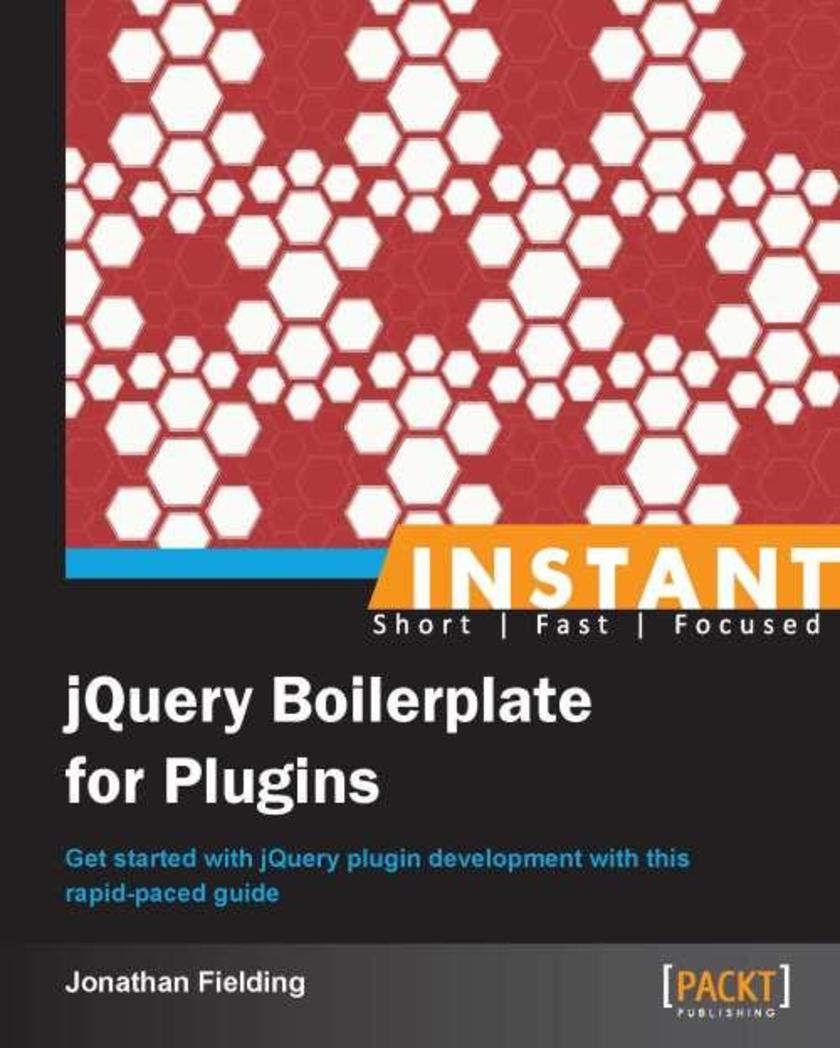
jQuery Boilerplate for Plugins
¥45.77
Filled with practical, step-by-step instructions and clear explanations for the most important and useful tasks. This book is a how-to manual complete with recipes that range from writing a simple plug-in to adding enhancements/features to your plug-in.This book is for JavaScript enthusiasts who are looking for hands on recipes to help them develop their own plug-ins.

Instant OSSEC Host-based Intrusion Detection
¥50.13
Filled with practical, step-by-step instructions and clear explanations for the most important and useful tasks. A fast-paced, practical guide to OSSEC-HIDS that will help you solve host-based security problems. This book is great for anyone concerned about the security of their servers-whether you are a system administrator, programmer, or security analyst, this book will provide you with tips to better utilize OSSEC-HIDS. Whether you’re new to OSSEC-HIDS or a seasoned veteran, you’ll find something in this book you can apply today! This book assumes some knowledge of basic security concepts and rudimentary *ing experience.
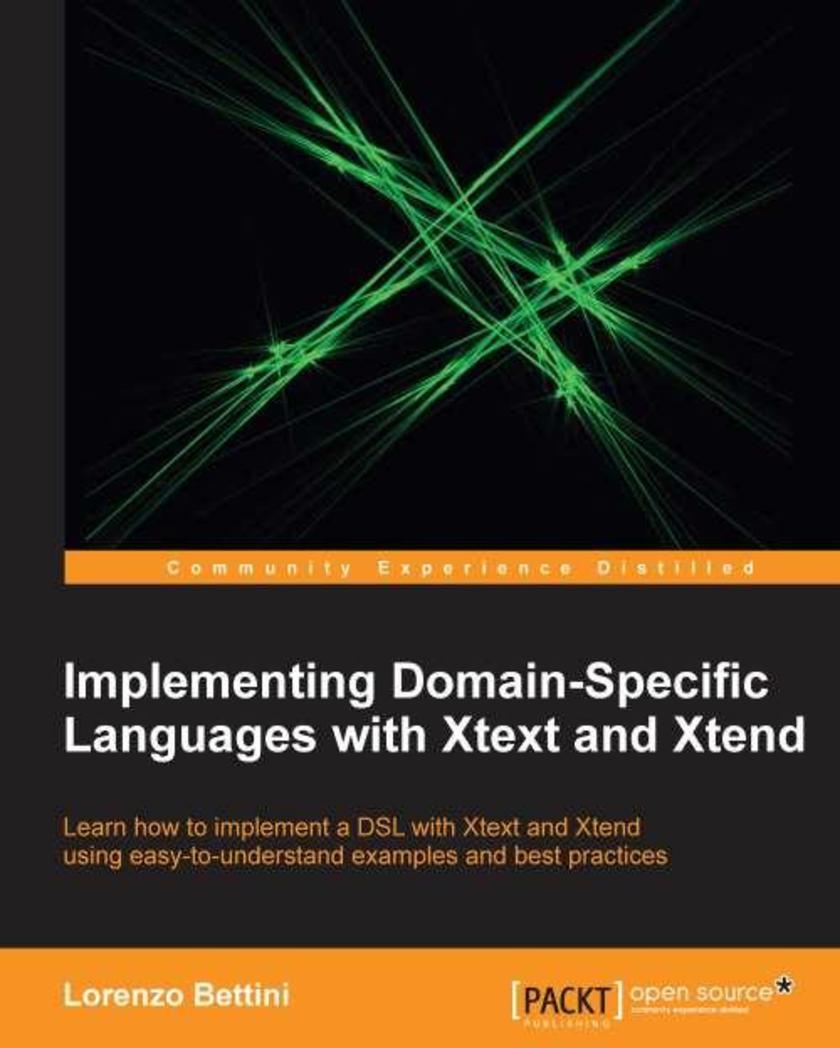
Implementing Domain Specific Languages with Xtext and Xtend
¥90.46
A step-by-step guide that enables you to quickly implement a DSL with Xtext and Xtend in a test-driven way with the aid of simplified examples.This book is for programmers who want to learn about Xtext and how to use it to implement a DSL (or a programming language) together with Eclipse IDE tooling. It assumes that the user is familiar with Eclipse and its functionality. Existing basic knowledge of a compiler implementation would be useful, though not strictly required, since the book will explain all the stages of the development of a DSL.
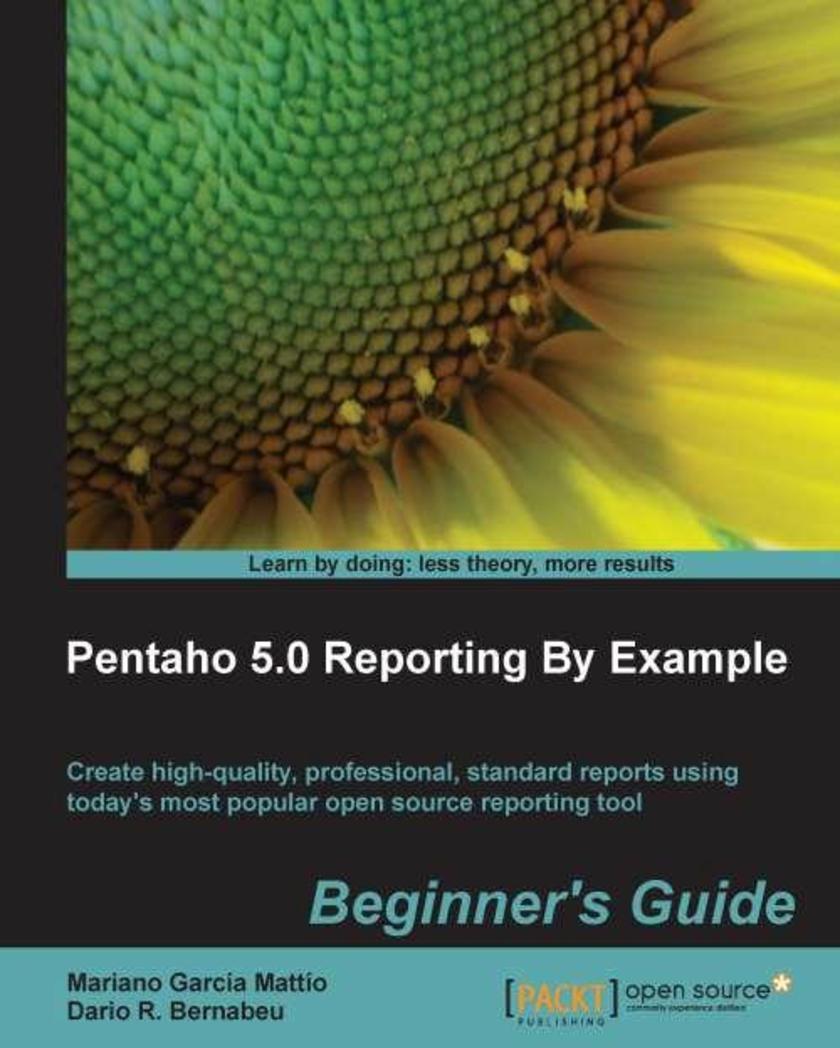
Pentaho 5.0 Reporting By Example Beginner’s Guide
¥90.46
This is a Cookbook with easy-to-follow recipes, containing practical and detailed examples which are all fully backed up with code, illustrations, and tips to dig deep into Backbone.js.This book is great for JavaScript developers who want to learn how to build advanced frontend applications with the Backbone.js framework. This book can be used in educational institutions to teach students how to build frontend applications in an MVC manner.It's assumed that you have some experience in jQuery, and are familiar with HTML.
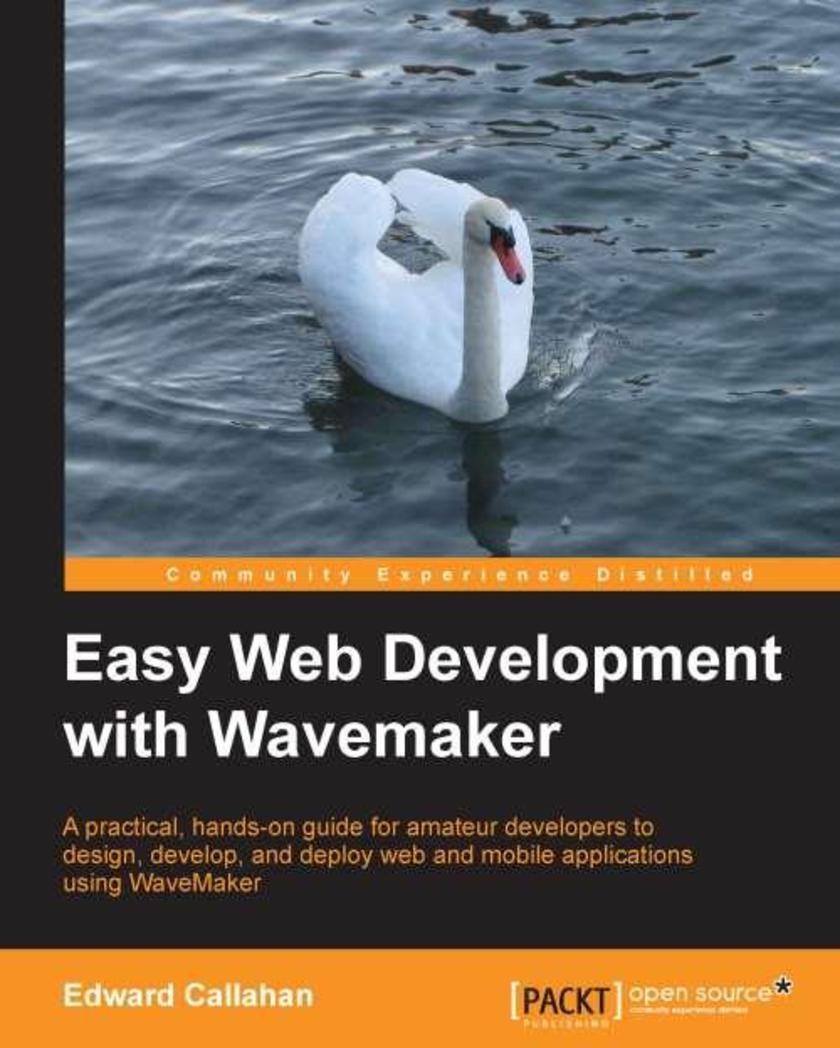
Easy Web Development with Wavemaker
¥80.65
A step-by-step guide.Web application developers who wish to use Wavemaker.This would be a handy guide for all users including newbies, hence no prior knowledge of Wavemaker is required.
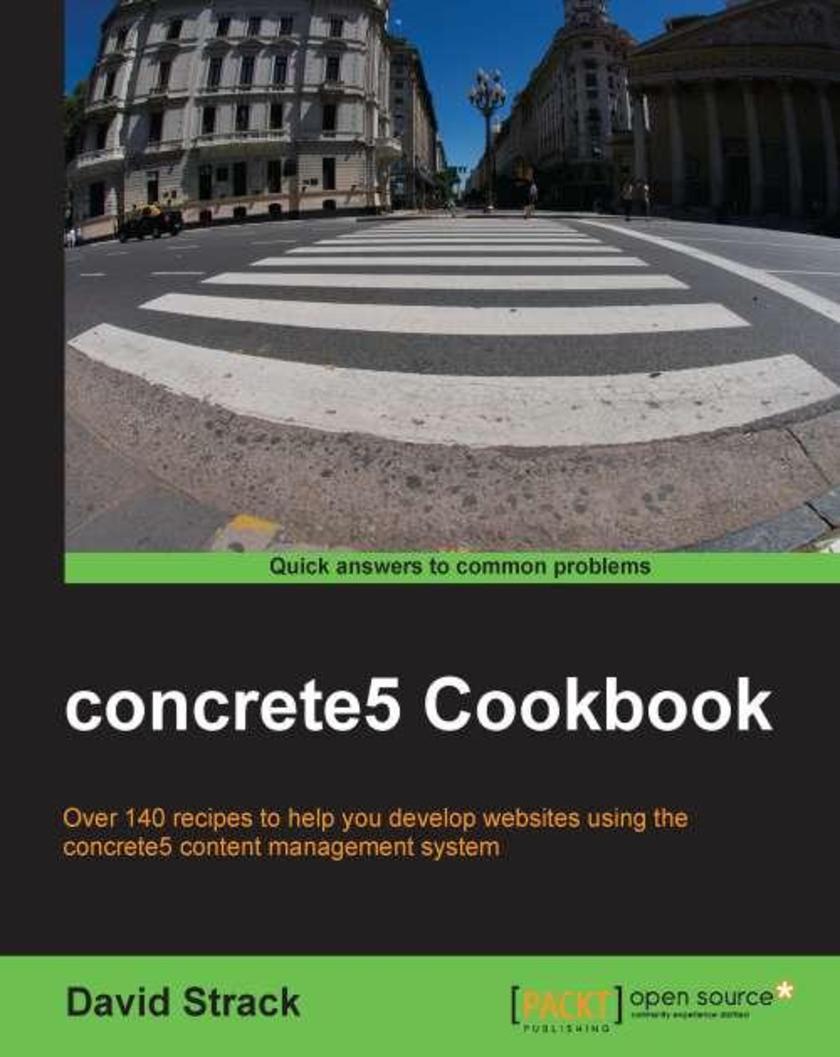
concrete5 Cookbook
¥80.65
The Cookbook-style recipes allow you to go both directly to your topic of interest or follow topics throughout a chapter to gain in-depth knowledge. This practical Cookbook will cater to the needs of both intermediate and advanced concrete5 developers.This book is geared towards intermediate to advanced PHP developers who would like to learn more about the concrete5 content management system. Developers already familiar with concrete5 will learn new time-saving tricks and will find the book to be a great reference tool.
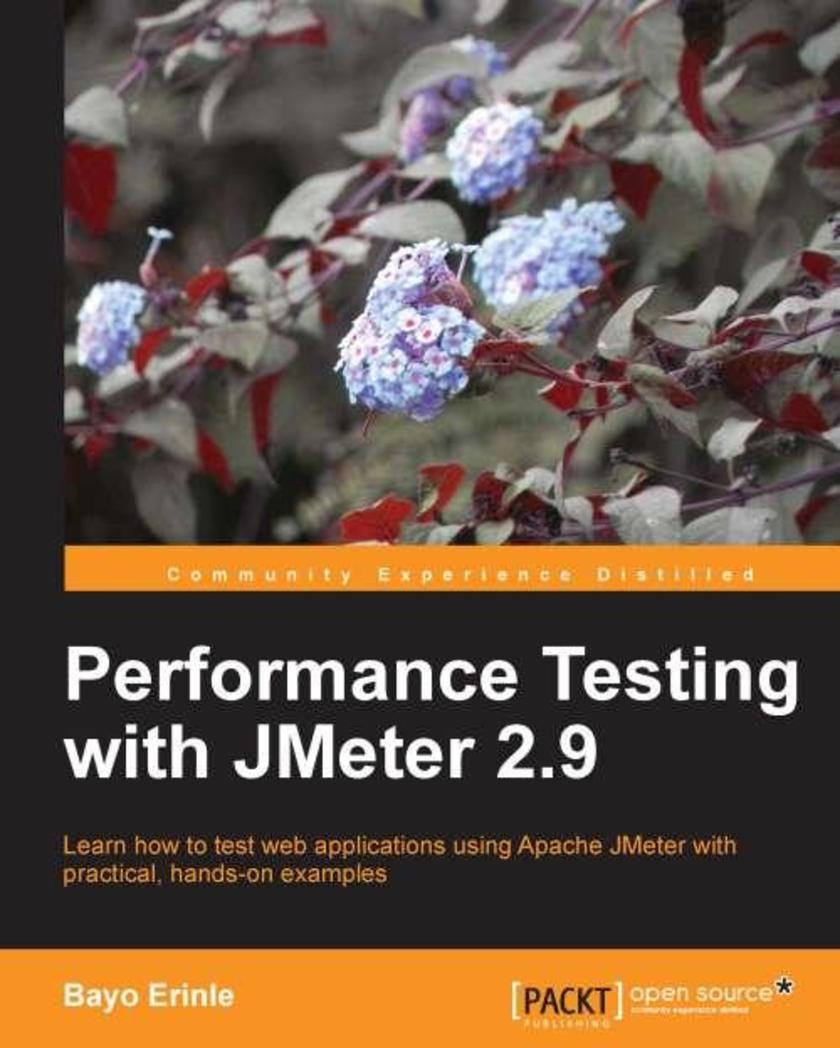
Performance Testing With JMeter 2.9
¥71.93
Performance Testing With JMeter 2.9 is a standard tutorial that will help you polish your fundamentals, guide you through various advanced topics, and along the process help you learn new tools and skills.This book is for developers, quality assurance engineers, testers, and test managers new to Apache JMeter, or those who are looking to get a good grounding in how to effectively use and become proficient with it. No prior testing experience is required.
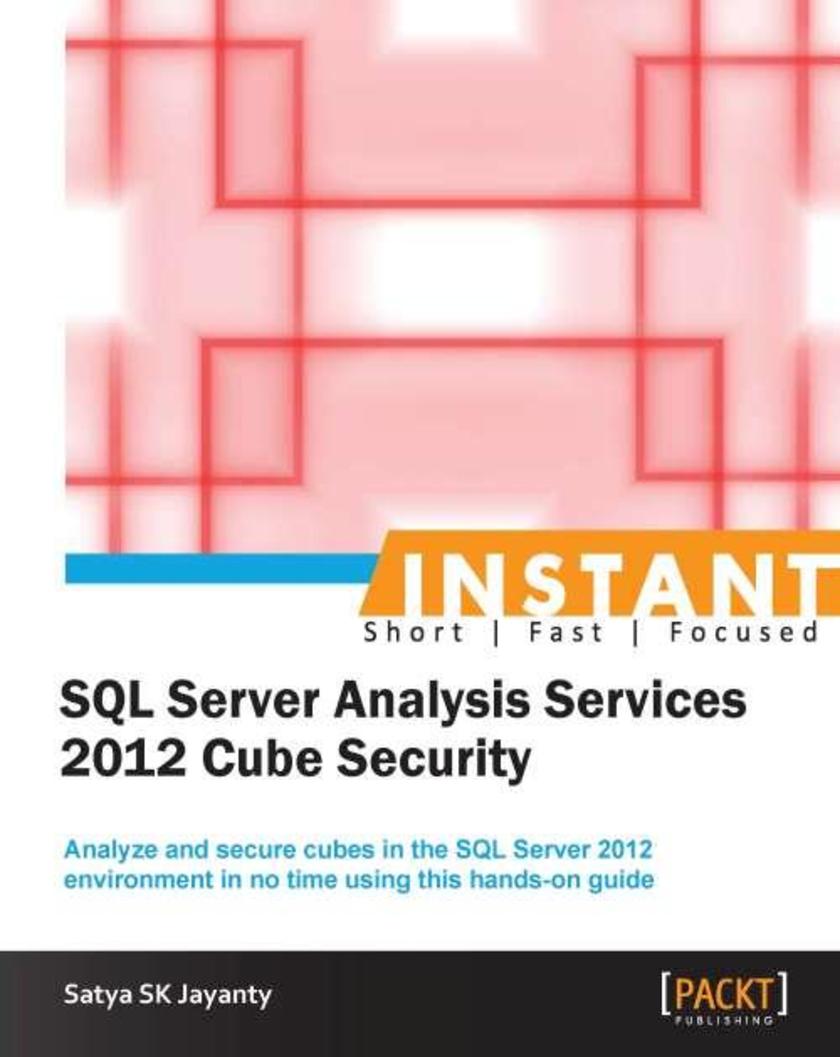
Instant SQL Server Analysis Services 2012 Cube Security
¥43.59
Filled with practical, step-by-step instructions and clear explanations for the most important and useful tasks. Instant Microsoft SQL Server Analysis Services 2012 Cube Security is a practical, hands-on guide that provides a number of clear, step-by-step exercises for getting started with cube security.This book is aimed at Database Administrators, Data Architects, and Systems Administrators who are managing the SQL Server data platform. It is also beneficial for analysis services developers who already have some experience with the technology, but who want to go into more detail on advanced topics and learn best practices for cube design.
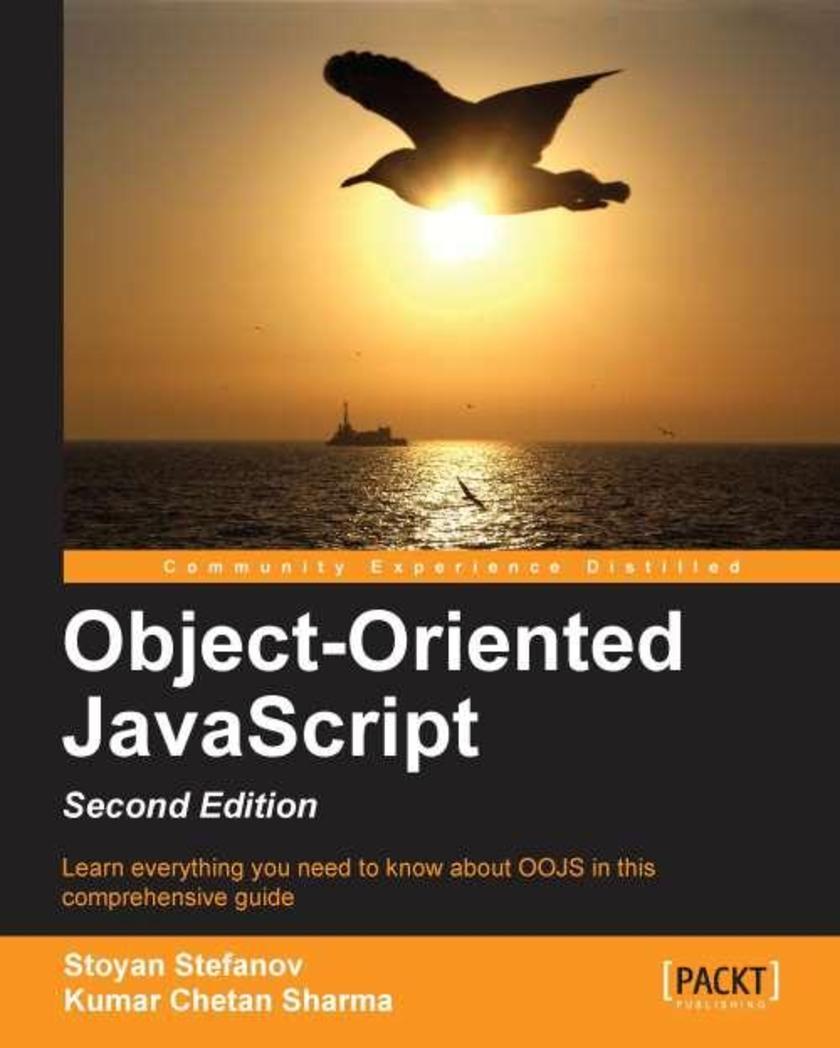
Object-oriented JavaScript - Second Edition
¥90.46
You will first be introduced to object-oriented programming, then to the basics of objects in JavaScript. This book takes a do-it-yourself approach when it comes to writing code, because the best way to really learn a programming language is by writing code. You are encouraged to type code into Firebug's console, see how it works and then tweak it and play around with it. There are practice questions at the end of each chapter to help you review what you have learned.For new to intermediate JavaScript developer who wants to prepare themselves for web development problems solved by smart JavaScript!
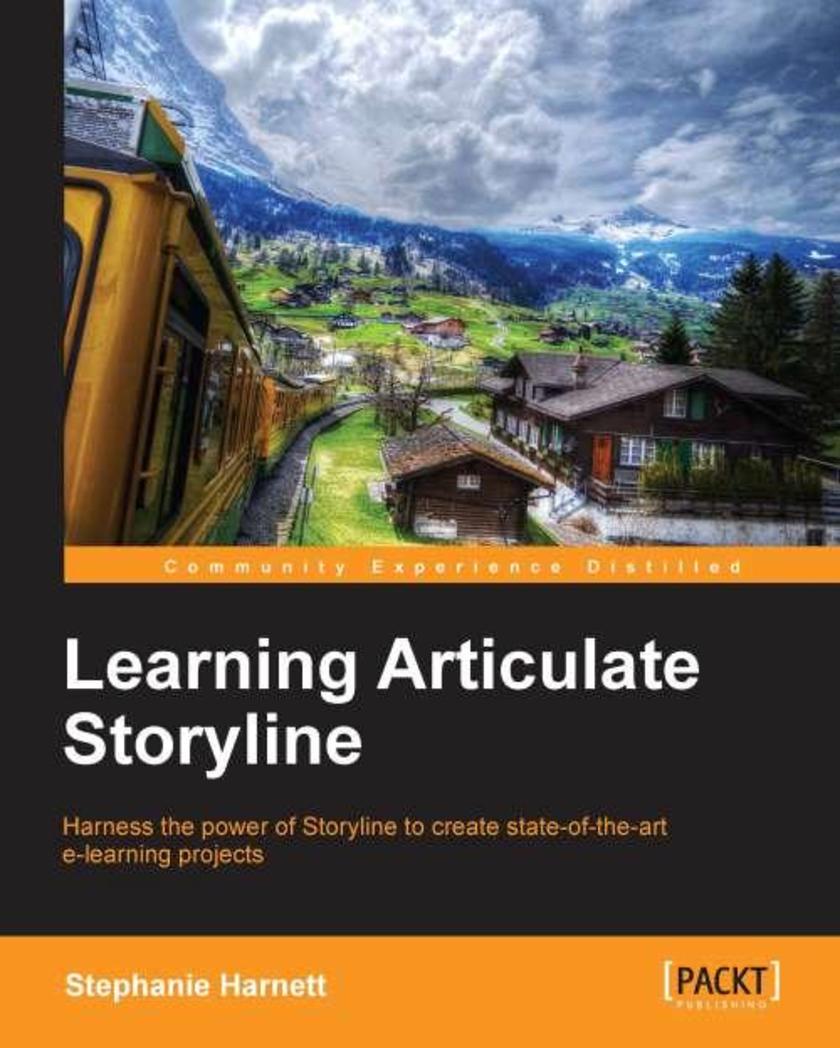
Learning Articulate Storyline
¥80.65
This book provides one-on-one tutoring to help you quickly get up to speed with the basics while also learning how to best apply Storyline features in the context of the work you do.If you’re an e-learning developer, writer, designer, subject matter expert, or all or any one of these, this book is for you. This book is not just for novices, but also for seasoned developers, transitioning from PowerPoint and Articulate Studio ’09, and for those who are already working with Storyline.




 购物车
购物车 个人中心
个人中心



